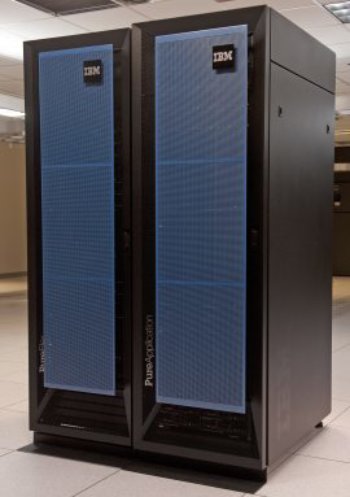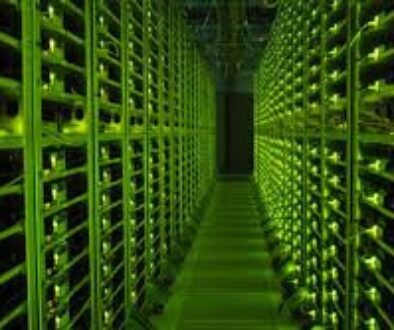IBM PureSystems adds automation with its systems and OS’s
April 2012
IBM touts new line of integrated systems offers more flexibility, with support for 4 operating systems and 5 virtualization hypervisors.
IBM has just launched a new family of data center building blocks called PureSystems. The goal is offer integrated systems that have expertise to automate maintenance, anticipate computing requirements, and scale servers, storage, and networking resources as needed.
The idea of an integrated system isn’t unique, but IBM’s twist is that it will be more flexible with PureSystems — four supported operating systems and five virtualization hypervisors — and build in knowhow from its research team and services engagements.
“These systems operate with a single pane of glass, support multiple architectures, OSes, and hypervisors all with cloud management capabilities,” said Rod Adkins, senior vice president of IBM’s systems and technology group. “We’ve developed a better scheme and don’t have to force things to a rack.”
PureSystems break down into two groups:
PureFlex, an infrastructure focused system that integrates servers, storage and networking. The focus is on anticipating resources and optimization.
PureApplication, a platform system that includes IBM’s networking capabilities for easy deployment of new types of applications.
Those two systems break down into three versions each: Express, standard, and enterprise. Adkins said the street price of the Express version will start at $100,000, with the Standard and Enterprise ones beginning at $200,000 and $300,000, respectively. Prices fluctuate based on configuration, options, memory, storage, nodes, and other factors. Warranty and maintenance are included in those prices.
Competitively, IBM’s PureSystems seems to be aimed directly at Oracle’s Exa- line of products as well as Cisco’s UCS and VCE consortium, which aims to couple Cisco, EMC and VMware gear and software into one unified system. HP also has its converged infrastructure effort. The general theme behind these systems is to automate and lower the requirements of running a data center and cloud operations day-to-day.
IBM, however, aims to make PureSystems more open. The family of systems supports four operating systems, Power7 processors and Intel chips and four hypervisors.
The systems include integration between servers, storage and networking as well as software, applications and middleware optimized and built for cloud computing.
When asked whether PureSystems are glorified appliances, Adkins chafed. He said these systems are more three dimensional that has the flexibility of a general purpose system, elasticity to scale and the simplicity of an appliance. He also noted that Oracle and Cisco are more bundles than systems that are integrated from the start. “The big difference is the flexibility,” said Adkins.
Indeed, IBM has spent $2 billion on research and development and acquisitions to integrate the hardware, software and virtualization tools that went into PureSystems. According to IBM, PureSystems will provide a “clean break” from other architectures and simplify management and incorporate knowhow from 25 IBM labs.
One of the software differentiators in PureSystems is software IBM calls Patterns of Expertise. For instance, IBM Patterns automate tasks such as configurations, deployments and upgrades. ISV Patterns provides a catalog of applications from more than 100 independent software vendors optimized for PureSystems. ISV Patterns is akin to a data center app store. Customer Patterns allows companies to automate knowledge of how their proprietary applications run into PureSystems.
Among the key claims:
- Architecting, procuring and deploying infrastructure for Web applications can be completed in 10 days instead of months.
- PureSystems can be split into thousands of virtual machines to save money on power and software licensing.
- Storage layers can be provisioned quicker and automatically tier data based on usage and importance.
- Integration allows for private cloud deployments on the fly. The PureSystems family is designed to be a cloud in a box with built in security and no single point of failure and self-service provisioning technology.






